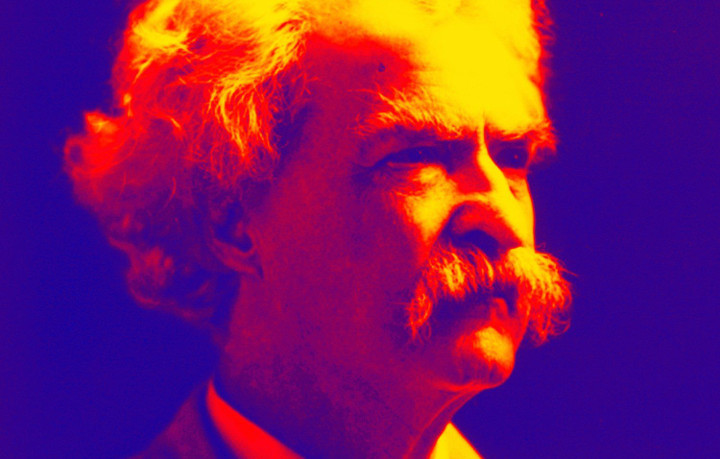What Is Nonlinear Content?

This morning, I bought the Kindle version of the complete works of Mark Twain for 99 cents. This collection is presented as a single book, though its 140,000-plus pages require a fairly robust hyperlink table of contents.
I bring this up to illustrate two things:
1. Technology is changing and expanding. Something Twain would have thought impossible (despite his friendship with the genius Nikola Tesla) is something we, in the 21st Century, take for granted.
2. This work, while laid out in a linear fashion, is actually nonlinear. It’s not meant to be read from start to finish; it allows a person to have all of Twain’s works so each of those works can be accessible in a matter of seconds.
Both of those things are important in the context of the World Wide Web. The former because our perception of how to use our currently available tools must constantly be adapting to the ways in which people want to consume what we produce (Web content, in the context of this article), and the latter because nonlinearity is a fundamental concept of the Internet.
In fact, the idea of “nonlinear content” can be traced at least as far back as 1945, to an essay called “As We May Think,” published in The Atlantic by Vannevar Bush. In this piece, Bush lays out his vision for a machine called the Memex, which is supposed to theoretically store the entirety of the surviving works written by the human race.
If this sounds a bit like the modern Internet, well, it should, because the ideas of “hypertext” and “hyperlink” were almost certainly gleaned, at least in part, from this essay.
Bush suggests that the way we make sense of this massive bank of knowledge is through “trails,” by which he means the ways in which a piece of content is linked to another piece of content. Or, more specifically, a trail would be a single person’s journey from text to text, which could be recorded and handed to someone else so that person could then follow the line of research from start to finish, exactly as the original person experienced it.
The Internet has given each one of us access to more information than any single person has ever had immediate access to throughout all of pre-Internet history. It’s also given us the ability to sort that information through a system of links or “trails.”
I think both of those ideas go hand in hand; the former would almost certainly be useless without the latter.
I also think this taps into the human thought process deeper than any other form of media has ever been able to. We think in tangents and meanders of inter-linking thoughts and ideas. It’s not unusual to go from thoughts about paying this month’s pile of bills to that TV show you saw last night to how badly you want ice cream right now.
Print media, bless its heart, has always been at odds with this. Print media is forced to be linear. A novel may jump from era to era in ways that defy the traditional flow of time, but that novel is meant to be read from start to finish.
Essays have this same format, though on a much smaller level. In print, those must always be linear. We read an essay from start to finish, and the essay is designed to be read that way.
But here’s the exciting thing about the Internet: Web content doesn’t have to be linear.
I think a lot of websites struggle with this idea. We’ve lived so long in a world of magazines that those of us who write Web content write it as if we’re writing magazine content.
But we don’t have to. We can write content that’s tailored to the strange way the human mind is wired: bits and scraps of a thought process scattered into the wind, yet connected by links or “trails.” We can write an essay in five chapters, yet those five chapters could be read in any particular order. If a reader only wants to read three of those chapters, that reader can do so easily. If the content is written in such a manner that allows the reader to approach it in a nonlinear fashion, the reader has more freedom over how to consume and digest that content.
This is a complex idea that might be a tad difficult to understand without an example, so I’ll provide one: Some of my colleagues and I created a format that allows our game reviews to be nonlinear. We believe this method of review writing serves readers much better than the traditional magazine-style review approach, because it allows them to hone in on the parts they’re most interested in without being forced to dig through 2,000-plus words they might not have time to read. It also serves review writers, because it allows them the freedom to chase after that meandering string of thought that oftentimes leads them to the deepest, most profound revelations about the thing they’re reviewing.
Essentially, nonlinear content is finally possible in a way that makes sense for readers and writers. I think the future of Web content will be based on the idea of nonlinearity, and websites will evolve to look less and less like the magazines that proceeded them.
In any case, that’s a possible future I think we should all be preparing for.
